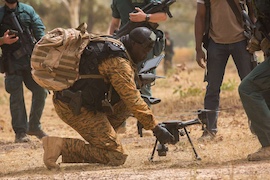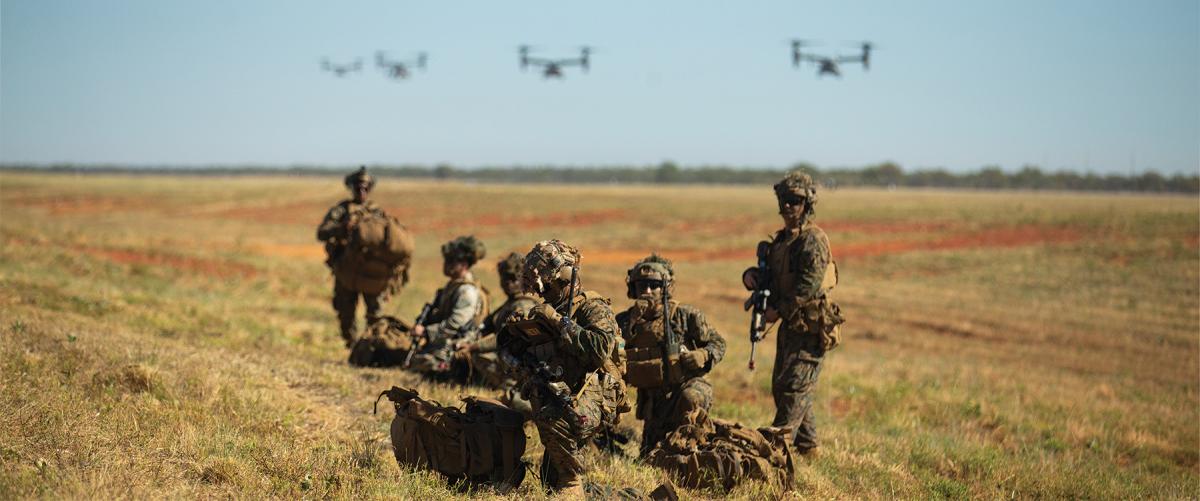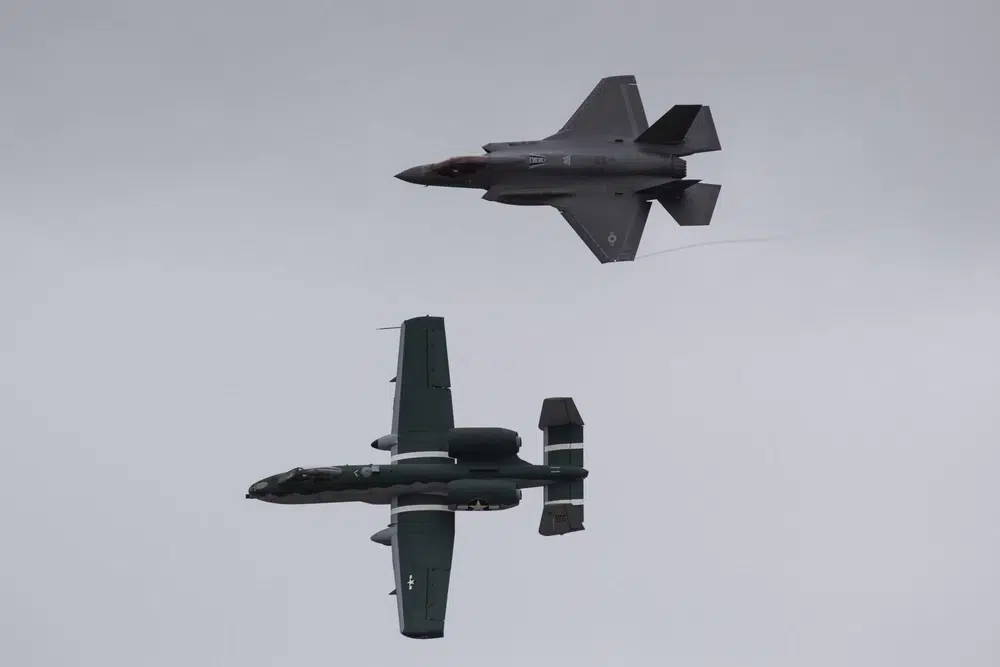JOHN MUELLER
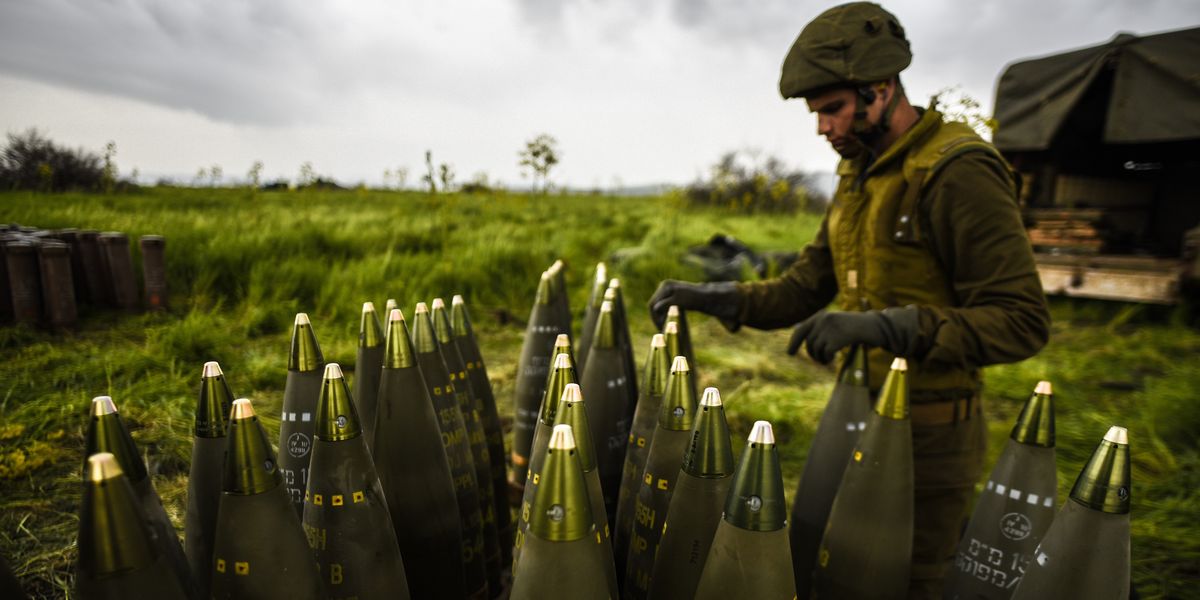
The notion that a restrained reaction to outrageous provocation is often the wiser course has wide relevance. For example, it certainly applies to the U.S. reaction to 9/11, which cost trillions and led to well over a hundred times more deaths than the impelling event.
And a case can be made for the proposition that it would have been better for Israel if its understandably vehement response to the murderous Hamas incursion of October 7 had been much more limited. The response could have focused on pushing the offensive back, a few strikes against isolated targets in Gaza, shoring up border defenses, mounting covert operations to undermine Hamas, and launching a coordinated international effort to get the hostages released.
That approach would have sought to capitalize on the fact that the appeal of Hamas and its message was in decline before its attack. This process seems to have been motivated by at least two central considerations.
First, Arab Barometer reports conclude that the organization had become deeply unpopular in Gaza. While it seems to have been successful at squandering funds and at digging tunnels to protect itself, its governance has been incompetent and corrupt. Over time, substantial majorities in Gaza had come to say they did not trust it, had experienced food shortages during its rule, and did not share its eliminationist perspective on Israel.
Second, support for Hamas in the broader Middle East was waning. This is suggested by the Abraham Accords in which the message from former well-wishing and fund-donating states seems effectively to have been: “For god’s sake, get a life! You've been bashing your head against Israel for something that happened 75 years ago, and you have nothing to show for it except an ever-bloodier head. We've been on your side for most of this, but you’ve got to realize finally that Israel is not going anywhere and that it’s time to find another policy.” Gaza’s leadership reacted by accusing the Abraham Accords countries of seeking to throw it under the bus. Perhaps they were. For example, UAE cut its support for Palestinian relief from $51 million to $1 million.








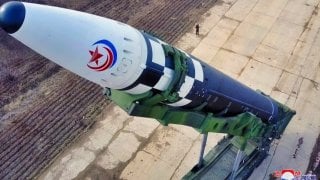





:quality(70)/cloudfront-us-east-1.images.arcpublishing.com/archetype/HKUDWVFYRNFPXDJFY4QR2UNBBE.jpg)

